Are beetle pests wreaking havoc in your home or garden? You’re not alone. From the stubborn blue beetle pest to the invasive pantry pest beetles, dealing with domestic beetle pests can be daunting. This comprehensive guide on beetle pest control will arm you with essential tips and techniques to manage common garden beetle pests and safeguard your pantry from unwanted intruders. Whether you’re struggling with carpet beetle pest control or looking for ways to tackle garden pests beetles, we’ve got you covered. Dive in to learn more about battling beetle pests effectively and reclaim your space.
Beetle pests can turn your domestic tranquility into chaos, infesting your carpets, pantry, and garden. Understanding how to tackle these nuisances, from blue beetle pest control to managing common garden beetle pests, is crucial for maintaining a pest-free environment. This ultimate guide offers practical advice and proven strategies for dealing with a variety of beetle pests. Whether you’re dealing with garden beetle pests or need targeted carpet beetle pest control, our expert tips will help you protect your home and garden from these persistent invaders.
Struggling with beetle pests in your home or garden? You’re in the right place. From the resilient blue beetle pest to the troublesome carpet beetles, these pests can cause significant damage if left unchecked. This ultimate guide to domestic beetle pest control covers everything you need to know, including effective strategies for managing garden pests beetles and pantry pest beetles. Learn how to identify and combat the most common garden beetle pests, ensuring your home and garden remain beetle-free. Get ready to tackle beetle pests head-on with our expert insights and practical solutions.
Introduction
Are beetle pests wreaking havoc in your home or garden? You’re not alone. From the stubborn blue beetle pest to the invasive pantry pest beetles, dealing with domestic beetle pests can be daunting. This comprehensive guide on beetle pest control will arm you with essential tips and techniques to manage common garden beetle pests and safeguard your pantry from unwanted intruders. Whether you’re struggling with carpet beetle pest control or looking for ways to tackle garden pests beetles, we’ve got you covered. Dive in to learn more about battling beetle pests effectively and reclaim your space.
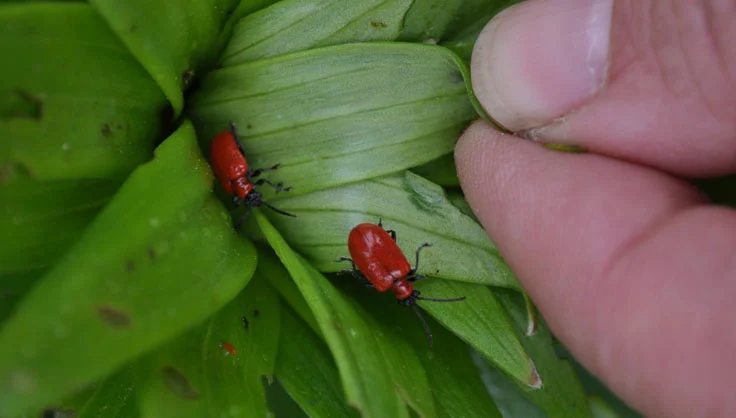
Overview of Beetle Pests
Beetles are one of the most diverse groups of insects, with thousands of species that can invade your home and garden. Domestic beetle pests, such as the blue beetle pest and pantry pest beetles, can cause significant damage if left unchecked. Carpet beetle pest control is crucial as these pests can ruin fabrics and furniture. In the garden, common garden beetle pests can devastate plants and crops. Understanding the types and behaviors of beetle pests is the first step in effective beetle pest control. This guide will help you identify and manage the various beetle pests you might encounter.
Importance of Effective Beetle Pest Control
Effective beetle pest control is essential to protect your home and garden from damage. Domestic beetle pests, like carpet beetles and pantry pest beetles, can cause extensive harm to your belongings and food supplies. Garden beetle pests can severely impact your plants, leading to decreased yields and unsightly damage. Implementing blue beetle pest control and other specific strategies ensures that beetle pests are managed before they become a significant problem. By understanding and applying the right beetle pest control measures, you can maintain a healthy, pest-free environment both indoors and outdoors.
Understanding Beetle Pests
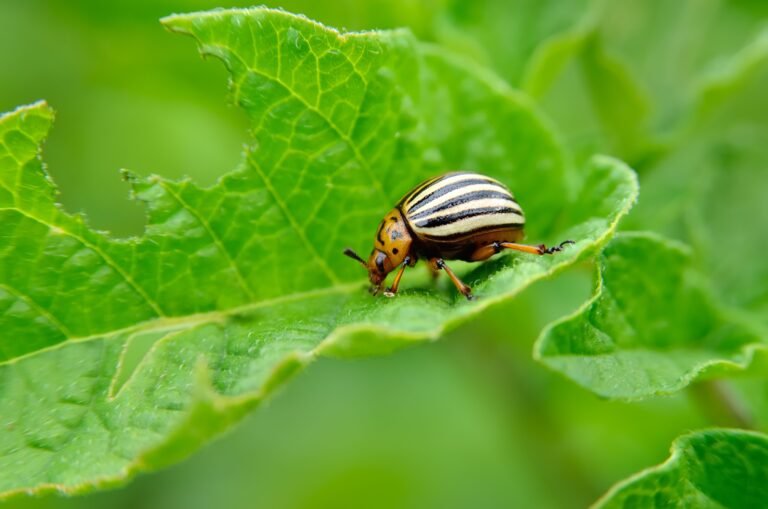
Beetle pests are a common issue for many homeowners and gardeners. These pests can be found in various environments, from carpets and pantries to gardens. Understanding beetle pests is crucial for effective beetle pest control. Domestic beetle pests, like carpet beetles and pantry pest beetles, can cause extensive damage to household items and stored food. In gardens, beetle pests can affect plant health and crop yields. This section will delve into the common types of beetle pests, how to identify beetle infestations, and the lifecycle of beetles, helping you take proactive measures in blue beetle pest control and other beetle management strategies.
Common Types of Beetle Pests
There are numerous types of beetle pests that can invade your home and garden. Carpet beetles are a prevalent domestic pest known for damaging fabrics and furniture, necessitating effective carpet beetle pest control. Pantry pest beetles, such as the sawtoothed grain beetle, infest stored food products. Garden beetle pests, including Japanese beetles and Colorado potato beetles, are common garden beetle pests that can devastate plants. Understanding these different beetle pests helps in implementing targeted beetle pest control measures. From blue beetle pest control to managing common garden beetle pests, knowing the types of beetles you’re dealing with is the first step towards effective pest management.
Identifying Beetle Infestations
Identifying beetle infestations early is vital for successful beetle pest control. Signs of domestic beetle pests, such as carpet beetles, include finding larvae or damaged fabrics. Pantry pest beetles can be identified by their presence in stored food products and the small holes they leave behind. In gardens, common garden beetle pests can be spotted by the damage they cause to leaves, flowers, and stems. Blue beetle pests may be identified by their distinctive coloration. Regular inspections and prompt identification of beetle pests can help in applying the right control measures, whether it’s carpet beetle pest control or strategies for garden pests beetles.

The Lifecycle of Beetles
Understanding the lifecycle of beetles is essential for effective beetle pest control. Beetles typically undergo a complete metamorphosis with four stages: egg, larva, pupa, and adult. Domestic beetle pests, like carpet beetles, have larvae that feed on fabrics and organic materials, making carpet beetle pest control crucial during the larval stage. Garden beetle pests, such as the Japanese beetle, have larvae that live in the soil and feed on plant roots. Recognizing these stages can help in implementing timely and effective blue beetle pest control and other pest management strategies. By disrupting the lifecycle at different stages, you can significantly reduce the population of beetle pests in your home and garden.
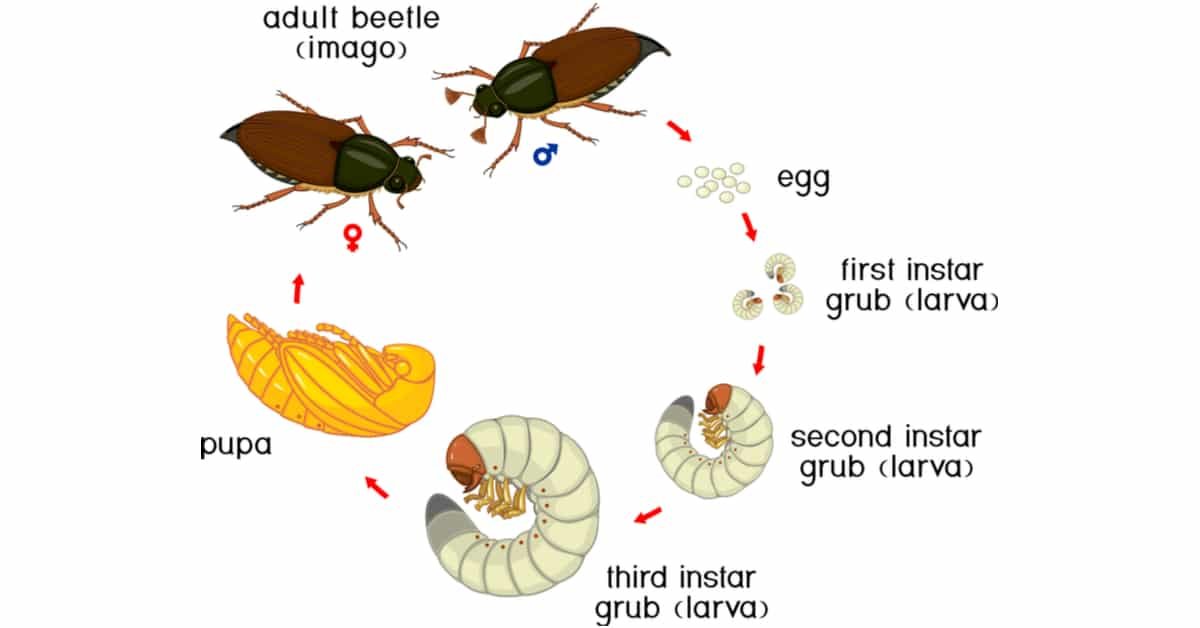
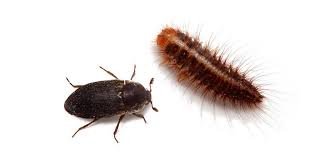
Domestic Beetle Pests
Domestic beetle pests can be a significant nuisance in your home, causing damage to fabrics, food supplies, and other household items. Carpet beetles and pantry pest beetles are among the most common domestic beetle pests, each requiring specific control strategies. Effective beetle pest control starts with understanding the habits and signs of these pests. Whether you’re dealing with carpet beetle pest control or looking for ways to manage pantry pest beetles, identifying the problem early and implementing targeted solutions is crucial for maintaining a pest-free home. This section will guide you through practical methods to combat these beetle pests effectively.
Carpet Beetle Pest Control
Carpet beetles are notorious for damaging fabrics, carpets, and furniture, making carpet beetle pest control a top priority for many homeowners. These pests are often identified by the damage they leave on natural fibers and the presence of larvae, which are small and covered in bristles. Effective carpet beetle pest control involves thorough cleaning, including vacuuming carpets, washing infested fabrics, and using insecticides if necessary. Additionally, sealing cracks and crevices can prevent future infestations. By following these steps, you can protect your home from the damaging effects of carpet beetles and ensure a clean, pest-free environment.
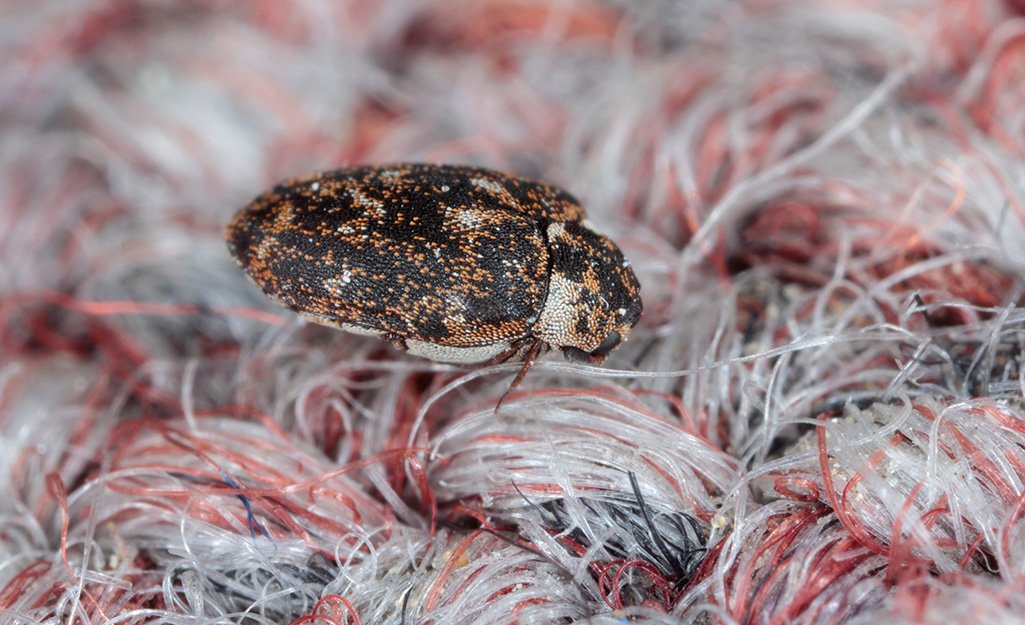
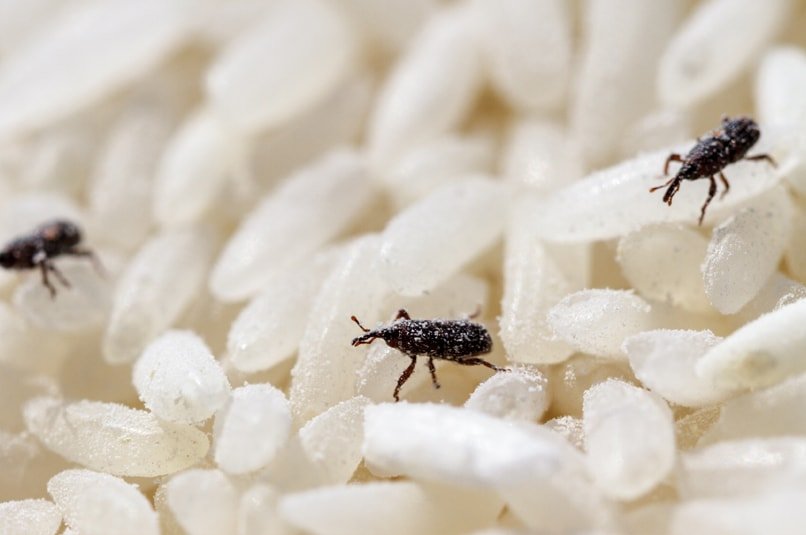
Pantry Pest Beetles: Identification and Management
Pantry pest beetles, such as the sawtoothed grain beetle and the red flour beetle, can contaminate stored food products, making proper identification and management crucial. These beetle pests are often found in dry goods like flour, cereal, and pasta. To identify pantry pest beetles, look for small beetles in your food supplies and signs of contamination, such as holes in packaging or tiny droppings. Effective management involves discarding infested food, thoroughly cleaning storage areas, and using airtight containers to prevent future infestations. By implementing these practices, you can keep pantry pest beetles at bay and protect your food supplies.
Blue Beetle Pest Control Strategies
The blue beetle pest, known for its distinctive blue coloration, can be a problematic domestic beetle pest. Effective blue beetle pest control requires a combination of identification, prevention, and treatment strategies. Start by regularly inspecting areas where blue beetle pests are commonly found, such as windowsills and outdoor lighting fixtures. Preventative measures include sealing entry points and reducing outdoor lighting that attracts these beetles. If an infestation occurs, using targeted insecticides and removing infested materials can help control the population. By staying vigilant and proactive, you can effectively manage blue beetle pests and maintain a beetle-free home.

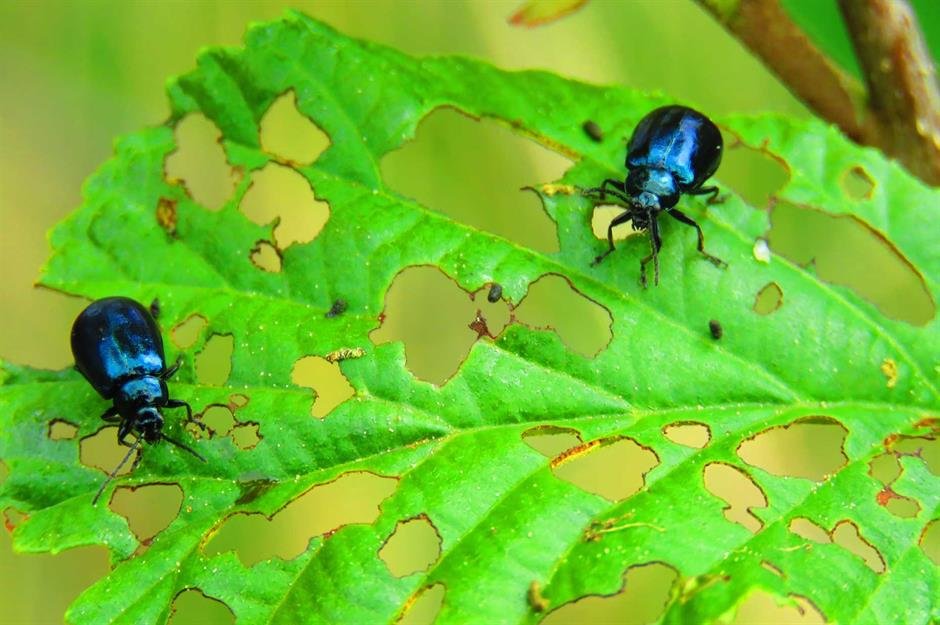
Garden Beetle Pests
Garden beetle pests can wreak havoc on your plants, flowers, and vegetables, making effective beetle pest control essential for any gardener. Common garden beetle pests include the Japanese beetle, Colorado potato beetle, and rose chafer, each with its unique impact on your garden. Identifying and managing these pests promptly is crucial to maintaining the health and beauty of your garden. This section will provide insights into common garden beetle pests, how to identify their infestations, and both natural and chemical control methods to protect your plants.
Common Garden Beetle Pests
Common garden beetle pests are a significant concern for gardeners due to their potential to cause extensive damage to plants. Japanese beetles, for example, are known for skeletonizing leaves, while Colorado potato beetles target potato plants, and rose chafers prefer roses and grapes. Recognizing these pests and understanding their behavior is the first step in effective beetle pest control. Regular monitoring and early detection can help you manage these garden pests beetles before they become a serious problem, ensuring your garden remains vibrant and healthy.
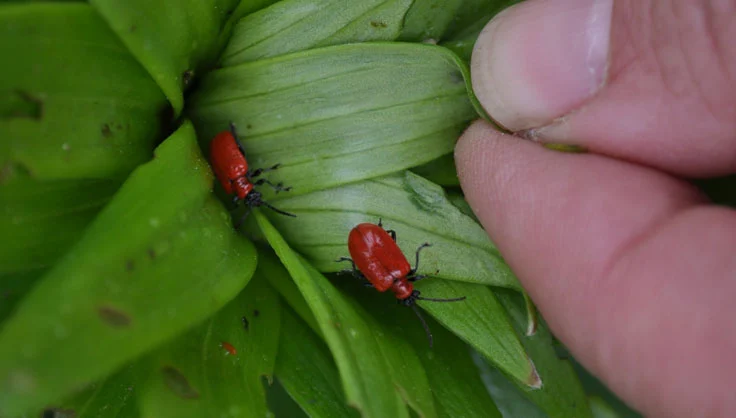
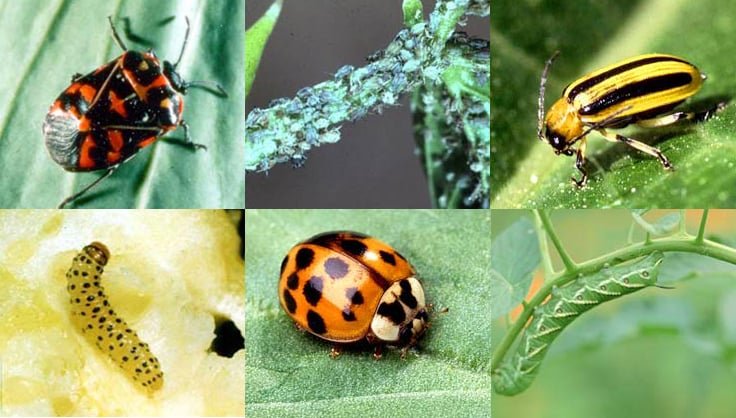
Identifying Garden Beetle Infestations
Identifying garden beetle infestations early is key to preventing severe damage to your plants. Signs of common garden beetle pests include chewed leaves, holes in foliage, and visible larvae or adult beetles on plants. For example, Japanese beetles often cause a distinctive skeletonized pattern on leaves. By regularly inspecting your garden, you can spot these signs early and take action. Effective identification allows you to implement the most appropriate control methods, whether it’s natural or chemical, to manage garden beetle pests and protect your plants.
Natural and Chemical Control Methods for Garden Pests Beetles
Controlling garden pests beetles involves a combination of natural and chemical methods. Natural methods include introducing beneficial insects, such as ladybugs and parasitic wasps, which prey on beetle larvae. Using neem oil or insecticidal soap can also help control beetle pests without harming the environment. For severe infestations, chemical methods like targeted insecticides may be necessary. It’s important to choose products that are safe for your plants and the surrounding ecosystem. By balancing natural and chemical approaches, you can effectively manage common garden beetle pests and keep your garden thriving.

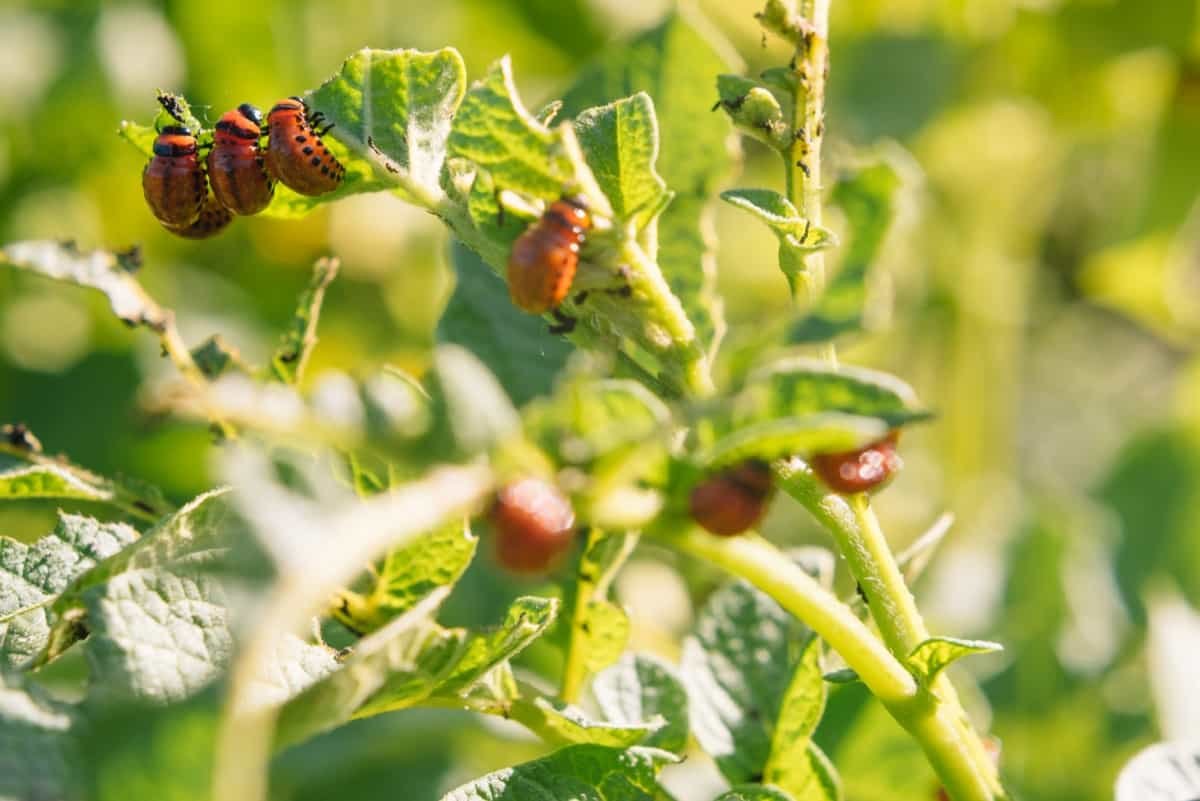
Preventative Measures
Preventative measures are essential for minimizing the risk of beetle infestations in both your home and garden. By taking proactive steps, you can prevent domestic beetle pests from invading your living spaces and protect your garden from beetle damage. This section will cover strategies for preventing domestic beetle infestations, safeguarding your garden from beetle pests, and seasonal tips for effective beetle pest control.
Preventing Domestic Beetle Infestations
Preventing domestic beetle infestations involves keeping your home clean and secure. Regular vacuuming, especially in areas prone to carpet beetle pests, and proper food storage can help reduce the risk of pantry pest beetles. Sealing cracks and crevices around windows and doors can prevent blue beetle pests and other beetles from entering your home. Additionally, maintaining a clutter-free environment and using pest control products as needed can deter domestic beetle pests, ensuring your living space remains pest-free.
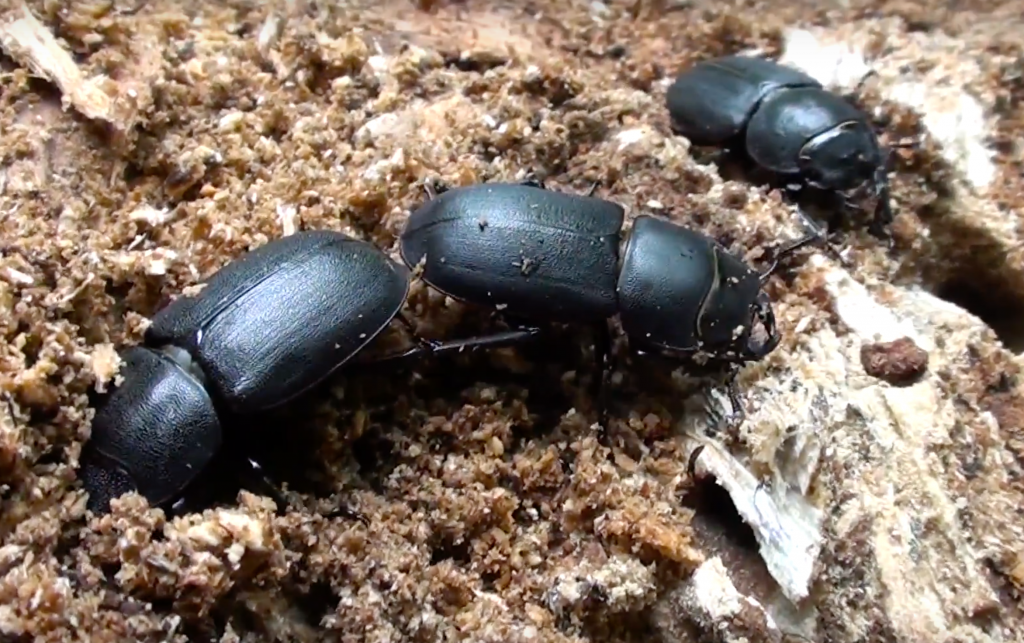

Protecting Your Garden from Beetle Pests
Protecting your garden from beetle pests requires a combination of cultural, biological, and chemical methods. Regularly inspect plants for signs of beetle damage and remove any beetles you find by hand. Introducing natural predators, such as birds and beneficial insects, can help control beetle populations. Applying mulch and using row covers can also protect plants from beetle pests. If necessary, use appropriate insecticides to manage severe infestations. By implementing these strategies, you can keep garden beetle pests at bay and ensure your plants remain healthy.
Seasonal Tips for Beetle Pest Control
Seasonal tips for beetle pest control can help you stay ahead of potential infestations throughout the year. In spring, start by inspecting and preparing your garden beds, removing any debris that may harbor beetle pests. Summer is the peak season for beetle activity, so monitor your plants regularly and apply control methods as needed. In fall, clean up fallen leaves and plant debris to reduce overwintering sites for beetles. By following these seasonal tips, you can effectively manage beetle pests and enjoy a healthy, pest-free garden year-round.
Spring
Spring is the time to prepare your garden for the growing season and prevent
early beetle infestations. Start by cleaning up garden beds, removing any plant
debris, and tilling the soil to disrupt beetle larvae. This is also the ideal
time to inspect your garden for any signs of overwintering beetles or larvae.
Applying neem oil or introducing beneficial insects, such as ladybugs and
nematodes, can help control beetle pests naturally. Early action in spring can
prevent beetle populations from becoming established and causing significant
damage later in the season.
Summer
Summer is the peak season for beetle activity, making vigilant monitoring
and control measures crucial. Regularly inspect your plants for signs of beetle
damage, such as chewed leaves and visible beetles. Handpick beetles from plants
in the early morning when they are less active, and use insecticidal soap or
neem oil to treat infested areas. For severe infestations, consider using
targeted insecticides that are safe for your plants and the environment.
Additionally, maintaining healthy soil and well-watered plants can make them
more resilient to beetle attacks. By staying proactive during the summer
months, you can manage common garden beetle pests effectively.
Fall
Fall is the time to clean up and prepare your garden for winter, reducing
the chances of beetles overwintering and emerging in spring. Remove fallen
leaves, plant debris, and any remaining crops from your garden beds. Composting
or disposing of this material can help eliminate potential hiding spots for
beetle larvae. Tilling the soil again in fall can expose and kill any larvae
that might be present. Additionally, consider planting cover crops that can
improve soil health and provide natural resistance to beetle pests. These fall
activities can significantly reduce the beetle population and protect your
garden for the next growing season.
Winter
Winter is a quieter time for beetle pest control, but there are still
important steps you can take to prepare for the coming year. Inspect and clean
gardening tools and storage areas to ensure they are free of beetle pests.
Planning and ordering seeds and plants that are resistant to beetle pests can
also be beneficial. If you have indoor plants, continue to monitor them for any
signs of beetle infestations and treat them as needed. By staying vigilant even
in the off-season, you can ensure a strong start to the next gardening year and
keep beetle pests under control.



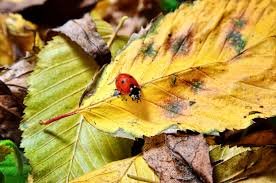
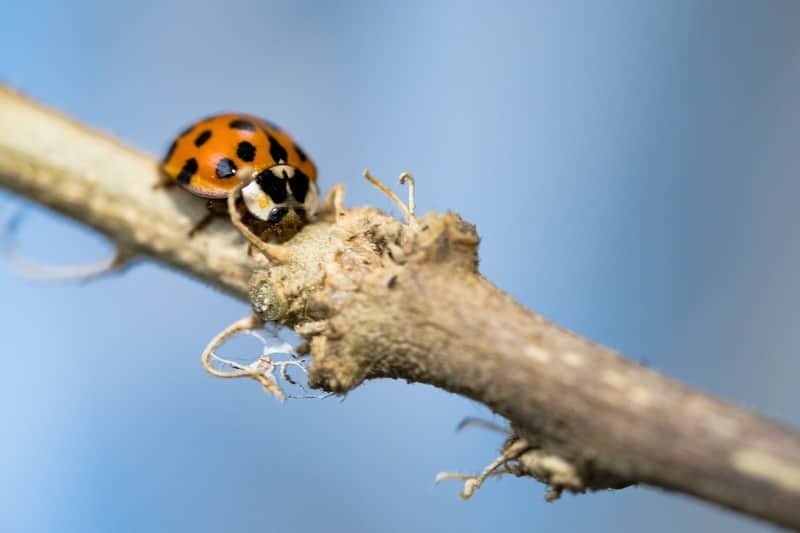
Integrated Pest Management (IPM)

Principles of IPM for Beetles
Integrated Pest Management (IPM) is a holistic approach to managing beetle pests that combines different control methods for long-term effectiveness. The principles of IPM for beetles include monitoring pest populations, accurately identifying pests, and understanding their life cycles. This approach emphasizes using a combination of biological, cultural, mechanical, and chemical controls to minimize harm to the environment and non-target organisms. Whether dealing with blue beetle pest control, carpet beetle pest control, or common garden beetle pests, applying IPM principles helps in achieving sustainable beetle pest control solutions.
Implementing IPM in Your Home and Garden
Implementing IPM in your home and garden involves a series of steps tailored to specific beetle pests. Start by regularly inspecting your property for signs of domestic beetle pests or garden beetle pests. Use physical barriers, like row covers, to protect plants from garden pests beetles, and maintain cleanliness to deter pantry pest beetles. Introduce natural predators, such as ladybugs, to control beetle populations. When necessary, use targeted insecticides as a last resort. By integrating these strategies, you can effectively manage beetle pests while minimizing environmental impact.


Case Studies and Success Stories
Case studies and success stories demonstrate the effectiveness of IPM in managing beetle pests. For instance, one community garden successfully reduced Japanese beetle infestations by introducing beneficial nematodes and using neem oil sprays. Similarly, a homeowner dealing with carpet beetle pest control achieved success by implementing thorough cleaning routines and sealing entry points. These real-world examples highlight how combining different IPM techniques can lead to effective beetle pest control. By learning from these successes, you can apply similar strategies to manage domestic beetle pests and garden beetle pests in your own environment.
DIY Beetle Pest Control Solutions
Homemade Remedies for Beetle Pests
Homemade remedies for beetle pests can be an effective and eco-friendly way to manage infestations. For garden pests beetles, consider using a mixture of water and dish soap to spray on affected plants, which can deter and kill beetles. Another solution for domestic beetle pests, such as carpet beetles, is to use diatomaceous earth in infested areas. This natural powder dehydrates and kills beetles upon contact. These simple, homemade remedies can help in blue beetle pest control and other beetle pest issues without relying on harsh chemicals.


Safe Use of Insecticides
When dealing with severe beetle infestations, the safe use of insecticides becomes essential. Always choose insecticides specifically designed for beetle pests, and follow the manufacturer’s instructions carefully. For garden beetle pests, opt for insecticides that are safe for plants and beneficial insects. In domestic settings, ensure that products used for carpet beetle pest control are safe for indoor use and do not pose a risk to pets or children. By using insecticides responsibly, you can effectively control beetle pests while minimizing potential hazards.
Tips for Monitoring and Maintenance
Regular monitoring and maintenance are crucial for keeping beetle pest populations in check. Inspect your home and garden frequently for signs of beetle pests, such as damaged plants or larvae. Implementing traps can also help in monitoring beetle activity. Maintain cleanliness in areas prone to infestations, such as kitchens and storage spaces, to deter pantry pest beetles. In the garden, practice crop rotation and remove plant debris to reduce habitats for common garden beetle pests. Consistent monitoring and maintenance efforts ensure early detection and effective beetle pest control.

Professional Beetle Pest Control
When to Call a Professional
Knowing when to call a professional for beetle pest control can save you time and prevent further damage. If you have a severe infestation of domestic beetle pests like carpet beetles or pantry pest beetles that home remedies can’t manage, it’s time to seek expert help. Similarly, large-scale infestations of garden pests beetles might require professional intervention. Professionals have the expertise and tools to address extensive beetle pest issues efficiently, ensuring thorough treatment and prevention.


What to Expect from Professional Services
When hiring professional services for beetle pest control, you can expect a comprehensive approach to managing the infestation. Professionals will conduct a detailed inspection to identify the type of beetle pests and the extent of the infestation. They will then implement targeted treatments, which may include chemical and non-chemical methods, to eliminate beetle pests. Additionally, they will provide recommendations for preventing future infestations. Whether it’s for blue beetle pest control or common garden beetle pests, professional services offer effective and lasting solutions.
Choosing the Right Pest Control Company
Choosing the right pest control company is essential for effective beetle pest management. Look for companies with experience in handling specific beetle pests, such as domestic beetle pests or garden beetle pests. Check for certifications and licenses to ensure they meet industry standards. Reading customer reviews and asking for references can also provide insights into their reliability and effectiveness. By selecting a reputable pest control company, you can ensure that your beetle pest problems are addressed professionally and efficiently.

Conclusion
Recap of Key Points
In summary, effective beetle pest control requires a comprehensive approach tailored to different types of beetle pests. We’ve explored strategies for dealing with domestic beetle pests like carpet beetles and pantry pest beetles, as well as garden beetle pests. Key methods include identifying infestations early, implementing Integrated Pest Management (IPM) techniques, and using both natural and chemical control methods. Understanding these strategies is essential for blue beetle pest control and other specific beetle management needs.


Long-Term Beetle Pest Management Strategies
Long-term beetle pest management strategies focus on prevention and ongoing monitoring. For domestic beetle pests, maintain cleanliness, seal entry points, and use preventative treatments regularly. In the garden, practice crop rotation, introduce beneficial insects, and use barriers to protect plants from garden pests beetles. Combining these practices with regular inspections ensures a sustained defense against beetle pests. Effective long-term management helps in maintaining a pest-free environment, whether dealing with common garden beetle pests or specific issues like blue beetle pest control.
Frequently Asked Questions (FAQs)

Common Queries about Beetle Pest Control
Many people have questions about beetle pest control, from identifying different beetle pests to the best methods for eradication. Common queries include how to spot signs of carpet beetle infestations, the most effective treatments for pantry pest beetles, and natural remedies for garden beetle pests. Addressing these questions helps homeowners and gardeners take appropriate action against beetle pests.
Expert Answers and Advice
Experts recommend a multi-faceted approach to beetle pest control, combining preventive measures with targeted treatments. For domestic beetle pests like carpet beetles, regular cleaning and using diatomaceous earth can be effective. In gardens, neem oil and introducing natural predators are advised for controlling garden pests beetles. Consulting with pest control professionals can provide tailored advice and ensure effective management of beetle pests.

Additional Resources
Recommended Reading
For those interested in learning more about beetle pest control, several books and articles provide in-depth information. Recommended readings include “The Organic Gardener’s Guide to Common Garden Beetle Pests” and “Homeowner’s Handbook for Effective Beetle Pest Control.” These resources offer valuable insights into identifying and managing various beetle pests, including blue beetle pest control and carpet beetle pest control.
Useful Websites and Contacts
Several websites offer reliable information and support for dealing with beetle pests. The University of California Integrated Pest Management Program and the National Pest Management Association provide extensive resources and contact information for local pest control experts. These websites can be invaluable for those seeking guidance on garden pests beetles and domestic beetle pests.
Pest Control Products and Tools
Effective beetle pest control often requires the right products and tools. Insecticides like neem oil and diatomaceous earth are popular for their effectiveness and safety. Additionally, traps and barriers can help manage garden beetle pests. Investing in quality pest control products ensures comprehensive protection against beetle pests and supports long-term pest management efforts.



